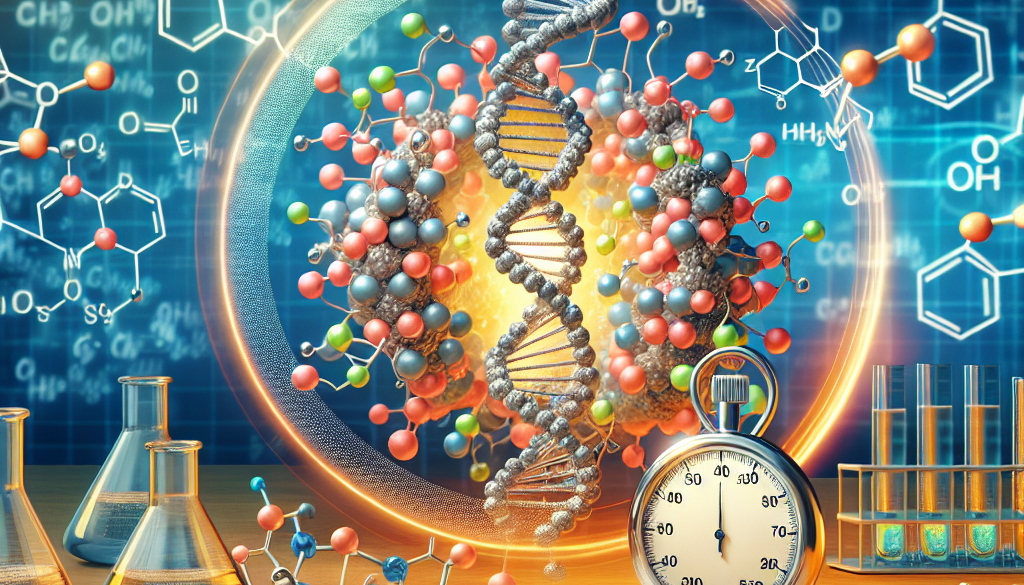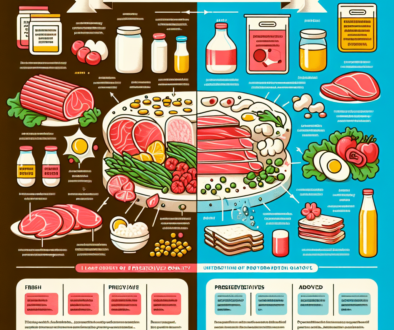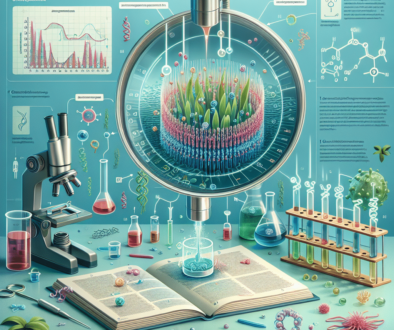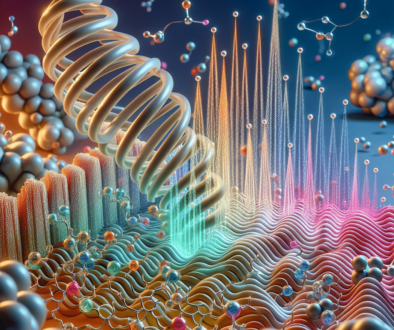Gelation Kinetics of Dietary Proteins: Science Explained
-
Table of Contents
- Gelation Kinetics of Dietary Proteins: Understanding the Science
- What is Protein Gelation?
- Factors Influencing Gelation Kinetics
- Understanding Gelation Kinetics
- Applications in Food Science
- Case Studies and Research
- Challenges and Future Directions
- Conclusion: Key Takeaways on Protein Gelation Kinetics
- Discover ETprotein’s High-Quality Protein Products
Gelation Kinetics of Dietary Proteins: Understanding the Science
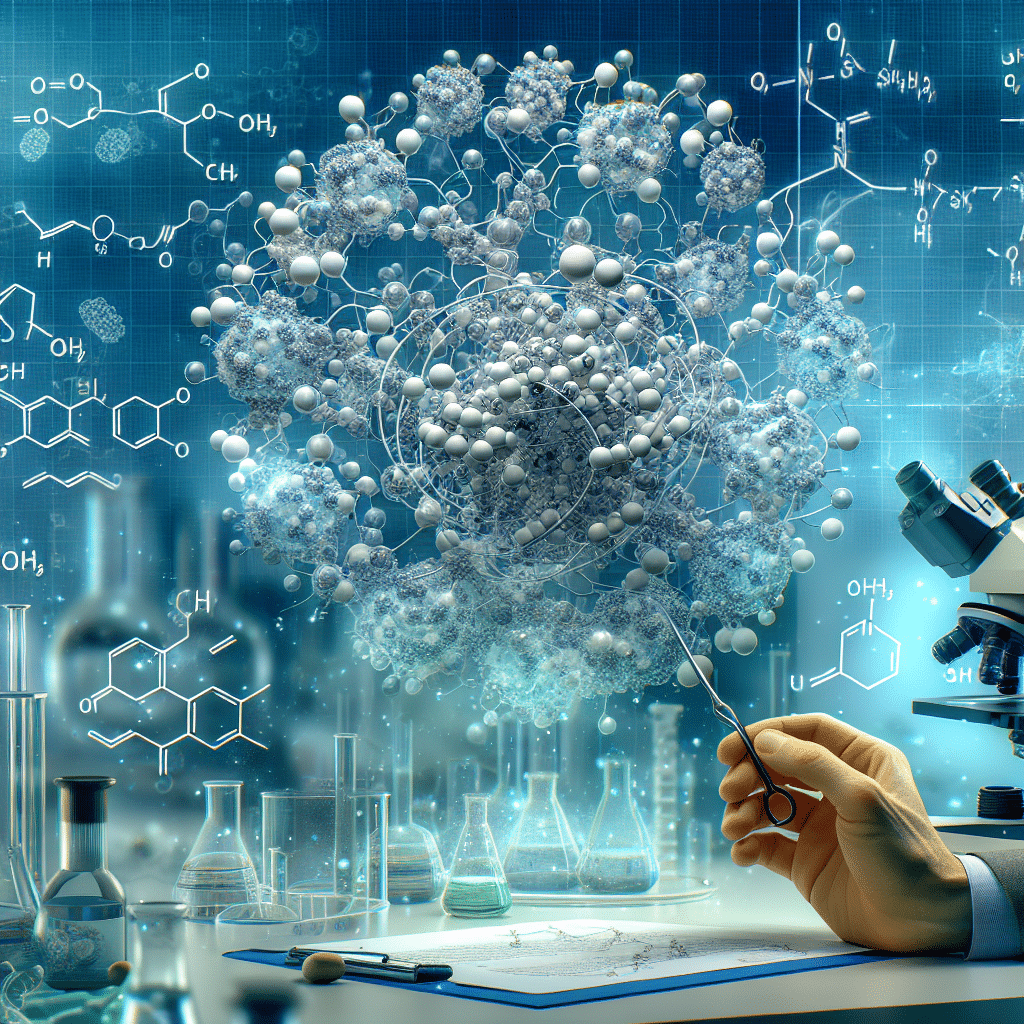
The science of gelation kinetics in dietary proteins is a fascinating area of study that intersects food science, nutrition, and biochemistry. Proteins are essential macronutrients that play a critical role in the structure, function, and regulation of the body’s tissues and organs. When it comes to food science, understanding how proteins behave during gelation is crucial for developing a wide range of food products, from yogurts and cheeses to meat alternatives and protein supplements. This article delves into the complex world of protein gelation kinetics, offering insights into the processes that govern this phenomenon and its implications for the food industry.
What is Protein Gelation?
Protein gelation is a process where proteins aggregate and form a three-dimensional network, trapping water and creating a gel-like structure. This transformation from a liquid or sol state to a semi-solid or gel state is influenced by various factors, including protein concentration, temperature, pH, and the presence of salts or other additives. Gelation is a critical process in the production of many food products, as it affects texture, water retention, and the overall sensory experience.
Factors Influencing Gelation Kinetics
- Protein Source: The source of the protein—whether it’s animal-based like casein and whey, or plant-based like soy or pea—significantly affects gelation properties.
- Protein Concentration: Higher protein concentrations generally lead to stronger gels, as there are more protein molecules available to interact and form a network.
- Temperature: Heating proteins can lead to denaturation, unfolding the protein structure and exposing hydrophobic groups that can interact to form gels.
- pH: The pH level can affect the charge on protein molecules, altering their solubility and interaction potential.
- Salts and Additives: The presence of salts and other additives can shield or enhance electrostatic interactions between protein molecules, influencing gelation.
Understanding Gelation Kinetics
Gelation kinetics refers to the rate and mechanism by which protein gelation occurs. It is a complex process that can be broken down into several stages:
- Nucleation: The initial stage where protein molecules begin to aggregate.
- Growth: The aggregates grow in size, eventually leading to the formation of a network.
- Maturation: The network rearranges and strengthens, resulting in the final gel structure.
The kinetics of these stages are influenced by the factors mentioned above and can be characterized by various models and equations used in food science research.
Applications in Food Science
Understanding the gelation kinetics of dietary proteins is essential for the food industry. Here are some applications:
- Texture Modification: By controlling gelation, food scientists can create products with desired textures, from soft and spreadable to firm and chewy.
- Stabilization: Protein gels can stabilize emulsions and foams, which is important for products like ice cream and whipped toppings.
- Water Retention: Gels can hold significant amounts of water, which is beneficial for maintaining juiciness in meat products or creating high-moisture vegetarian foods.
- Protein-Rich Foods: With the rise of plant-based diets, understanding plant protein gelation is key to developing satisfying meat alternatives.
Case Studies and Research
Recent studies have explored the gelation kinetics of various proteins. For example, research on whey protein has shown how heating rates and the addition of salts can modify gelation pathways and final gel strength. Plant proteins, such as pea and soy, have been studied for their potential in creating sustainable, protein-rich food products with appealing textures.
Challenges and Future Directions
Despite advancements, challenges remain in fully understanding and controlling protein gelation kinetics. Variability in raw materials, the complexity of protein interactions, and the need for clean-label additives are areas that require further research. Future directions may include exploring novel protein sources, improving the sustainability of protein extraction and processing, and developing new techniques for analyzing gelation behavior.
Conclusion: Key Takeaways on Protein Gelation Kinetics
In conclusion, the gelation kinetics of dietary proteins is a critical area of study with significant implications for the food industry. By understanding the factors that influence protein gelation, scientists and food technologists can create a variety of products with tailored textures and nutritional profiles. As the demand for protein-rich and plant-based foods continues to grow, the science of protein gelation will remain a dynamic and essential field of research.
Discover ETprotein’s High-Quality Protein Products
If you’re in the market for premium dietary proteins, ETprotein offers a range of plant-based protein products that are perfect for various applications. Their organic rice protein, clear rice protein, pea protein, and other plant-based options are non-GMO, allergen-free, and have a neutral taste, making them ideal for food and beverage manufacturers looking to enhance their products with high-quality proteins.
About ETprotein:
ETprotein, a reputable protein Chinese factory manufacturer and supplier, is renowned for producing, stocking, exporting, and delivering the highest quality organic bulk vegan protein and plant proteins. They include Organic rice protein, clear rice protein, pea protein, clear pea protein, pumpkin seed protein, sunflower seed protein, mung bean protein, peanut protein etc. Their offerings, characterized by a neutral taste, non-GMO, allergen-free attributes, cater to a diverse range of industries. They serve nutraceutical, pharmaceutical, cosmeceutical, veterinary, as well as food and beverage finished product distributors, traders, and manufacturers across Europe, USA, Canada, Australia, Thailand, Japan, Korea, Brazil, and Chile, among others.
ETprotein specialization includes exporting and delivering tailor-made protein powder and finished nutritional supplements. Their extensive product range covers sectors like Food and Beverage, Sports Nutrition, Weight Management, Dietary Supplements, Health and Wellness Products, and Infant Formula, ensuring comprehensive solutions to meet all your protein needs.
As a trusted company by leading global food and beverage brands and Fortune 500 companies, ETprotein reinforces China’s reputation in the global arena. For more information or to sample their products, please contact them and email sales(at)ETprotein.com today.

